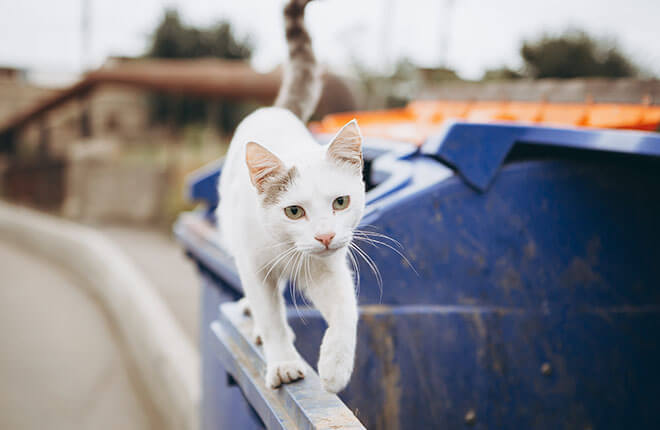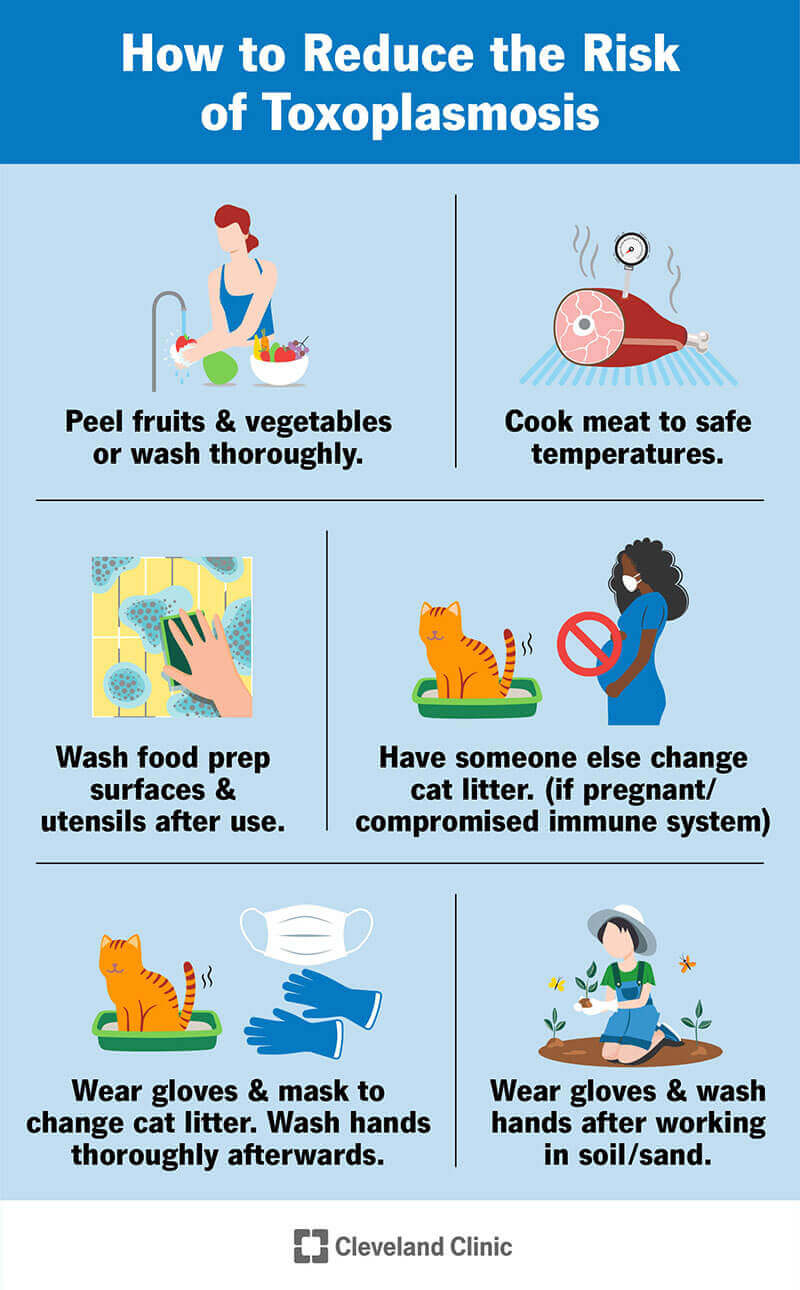Bringing a stray cat inside can be safe with proper precautions, but it poses health and safety risks. Ensure the cat is healthy and consult a veterinarian before introducing it to your home.
Stray cats often stir a blend of compassion and curiosity within us, prompting many to consider giving them a home. Encountering a stray may tug at your heartstrings, leading to the question of whether it’s safe to bring this furry wanderer indoors.
Before throwing open your doors, it’s essential to contemplate the responsibilities and potential risks involved. From necessary health checks to gradual acclimatization, caring for a stray cat requires thoughtful preparation. Ensuring the safety of both the feline and human residents, a strategic approach to adopting a stray cat is paramount. This consideration is not just about opening your home but about providing a secure and loving environment for a new furry family member.

Credit: www.wildlifeanimalcontrol.com
The Lure Of Feline Strangers
The Lure of Feline Strangers often tugs at the heartstrings of animal lovers everywhere. Spotting a stray cat lurking near your home can ignite a mix of concern and curiosity. Many might feel the instinctive pull to provide shelter to these furry wanderers. Yet, inviting an unknown cat into your space comes with its own set of considerations. It’s important to understand the risks and best practices to ensure safety for both the stray and yourself.
Tales Of Whiskered Wanderers
Stray cats carry stories as unique as their patterns. Some are lost pets, others, born wild. These free spirits roam neighborhoods and alleys, masters of their own destinies. Yet behind each pair of glowing eyes is a tale of survival and, sometimes, the desire for human companionship.
The Pull Of The Purr
The gentle rumble of a stray cat’s purr can be a strong magnet. This soft sound can signify trust and contentment, encouraging many to extend a hand of friendship. The experience of connecting with a stray cat can be deeply rewarding, yet it’s crucial to approach these situations with wisdom and prudence.
Before welcoming a purring visitor, consider these steps:
- Health Check: Visit a vet to assess the cat’s health.
- Safety Measures: Ensure the stray is free from parasites and diseases.
- Comfort Zone: Create a safe, separate area for the cat inside your home.
- Slow Introductions: Introduce the cat gradually to other pets and family members.
| Concern | Action |
|---|---|
| Aggression | Allow space and time for adjustment. |
| Diseases | Schedule a vet visit for vaccinations. |
| Parasites | Administer flea and worm treatments. |
Among the enchanting encounters with stray cats, safety remains paramount. With careful steps and a responsible attitude, the bond with a feline stranger can transform into a lifelong companionship.
Health Hazards For Humans And Pets
Inviting a stray cat into your home seems like a kind act. But it can also bring risks. You and your pets could get sick. Knowing these dangers helps keep everyone safe.
Zoonotic Diseases
Stray cats often carry diseases. These can pass to humans. Some common ones include:
- Ringworm: A skin infection, not actually a worm.
- Toxoplasmosis: A parasite that can harm pregnant women.
- Rabies: A deadly virus if not treated quickly.
Always wear gloves when handling a stray. Wash hands often.
Existing Pets At Risk
Your pets could be in danger too. A new stray cat may carry:
- Fleas: These can lead to itching and infections.
- Feline Leukemia: A serious disease affecting cats.
- Upper Respiratory Infections: These can spread fast among cats.
Keep strays away from your pets. Visit a vet before mixing animals.
Assessing The Stray’s Condition
Before bringing a stray cat inside, it’s critical to assess its health. A healthy stray may find a loving home with you. But a sick or aggressive one may need professional care. Here’s how to check the cat’s condition.
Visible Signs Of Illness
Look for these symptoms:
- Discharge from the eyes, nose, or mouth.
- Weeping or red eyes.
- Skin sores, bald spots, or tick and flea infestations.
- Abnormal weight loss or gain.
- Visible wounds or limping.
Any of these could signal sickness.
Behavioral Cues And Concerns
Be alert for:
- Aggressiveness: Hissing, scratching, or biting.
- Excessive meowing or silence.
- Eating habits: Refusing food or eating non-stop.
- Lethargy: Inactivity or uninterested in surroundings.
- Fearfulness or constant hiding.
These behaviors can show fear, stress, or illness.
The Right Way To Welcome A Stray
Finding a stray cat may spark the desire to bring it into your home. Care and caution are crucial to ensure safety for both you and the feline. It’s not just about opening your door. A structured approach can make the transition smooth and secure. Ready to help a stray cat become a cherished family member? Follow these steps for a responsible and heartwarming welcome.
Immediate Care And Quarantine
Securing a separate space is the first step when bringing a stray cat indoors. This protects your existing pets and family members. Create a cozy area with food, water, a litter box, and a comfortable resting spot. Keep the cat isolated until you can confirm its health status. Using disposable gloves when handling the cat is a wise precaution.
Vet Visit Essentials
Before integrating the stray into your household, a trip to the vet is non-negotiable. A thorough health check will address vaccinations, flea treatment, deworming, and testing for diseases. The vet can also scan for a microchip to find any previous owners. Record the cat’s medical treatments and follow the vet’s advice for a safe introduction to your home.
Adoption Alternatives And Considerations
Thinking about adopting a stray cat? There are several ways to make sure this new adventure is safe for both you and the feline. Let’s explore the smart steps to consider before making a stray cat a part of your family.
Fostering First Steps
Fostering is a great way to start. It’s like a test drive for pet adoption. This gives both you and the cat time to adjust. Check the cat’s health first. A visit to the vet is a must. Next, create a safe space at home. Keep your new friend in a quiet room with food, water, and a litter box. This helps the cat feel secure and gives it time to get comfortable with the new environment. Monitor its behavior and health during this period.
Finding A Forever Home
The next big step is finding a permanent home for your stray cat. Start by assessing your own home. Ask yourself if you can provide love, care, and stability for a pet. If you can’t keep the cat, reach out to friends or family. Social media and local community boards can also help to find adopters. Be sure to vet potential adopters to ensure the cat’s safety and happiness. Consider enlisting the help of local animal shelters or rescue groups for assistance.
Remember, adopting a stray cat is a rewarding experience. It requires patience, commitment, and love. Whether you foster or find a forever home, you’re making a huge difference in a cat’s life. Always think about the best interest of the cat.

Credit: www.zoetispetcare.com
Legal And Ethical Responsibilities
Welcoming a stray cat into your home is not just an act of kindness. It comes with important responsibilities. Owners may be looking for their lost pets. Disease risks are real concerns. People must think about laws and morality when deciding to bring a stray cat inside. Below, we dive into the complexities of ownership disputes and moral dilemmas.
Ownership Disputes
Finding a stray may lead to unexpected legal issues. Cats often wander and are not always homeless. Here’s what you should consider:
- Check for ID: Look for a collar, tag, or microchip that may lead you to the owner.
- Report Found Pet: Contact local shelters and post online to see if someone is looking for the cat.
- Consider the Law: Keeping a pet that is not yours can be considered theft in many areas.
- Proof of Ownership: Keep records if you end up taking care of the cat. You might need them later.
Moral Dilemmas
Deciding to care for a stray cat is more than a legal decision. It’s a moral one too. Below are factors to ponder:
- Your Ability to Provide Care: Can you give the cat the home and healthcare it needs?
- Health Risks: Stray cats might carry diseases. A vet check is critical for the cat and your safety.
- Impact on Local Wildlife: Cats are natural hunters. Think about how an additional predator may affect the area.
- The Greater Good: Sometimes, helping a stray may mean seeking a no-kill shelter rather than personal adoption.

Credit: my.clevelandclinic.org
Frequently Asked Questions Of Is It Safe To Bring A Stray Cat Inside
Is It Safe To Bring Home A Stray Cat?
Bringing home a stray cat requires caution. Ensure it’s healthy, vaccinate, and arrange a vet visit to check for diseases or parasites. Gradually introduce the cat to your home and other pets, if any. Always consider the safety and comfort of both the cat and your household.
Is It Safe To Bring An Outdoor Cat Inside?
Yes, you can bring an outdoor cat inside, but ensure a gradual transition. Familiarize them with the indoor environment, provide a litter box, and schedule a vet check-up to maintain their health and safety. Regular vaccinations and parasite control are essential for their well-being indoors.
Should I Let A Stray Cat Inside My House?
Allowing a stray cat into your home requires caution. Consider health risks and behavioral issues. Ensure the cat isn’t lost, visit a vet, and prepare for a proper introduction to your home environment. Prioritize safety for both the cat and household members.
Can A Stray Cat Make My Indoor Cat Sick?
Yes, a stray cat can transmit diseases to your indoor cat, especially if they have direct contact or share outdoor access. Keep vaccinations up-to-date to reduce this risk.
Conclusion
Welcoming a stray cat into your home can be a heartwarming move, yet it requires cautious steps. Ensure the feline is healthy and socialized before making it part of your family. Consult a vet, plan for a gradual introduction, and you’ll create a safe, loving environment for your new furry friend.

